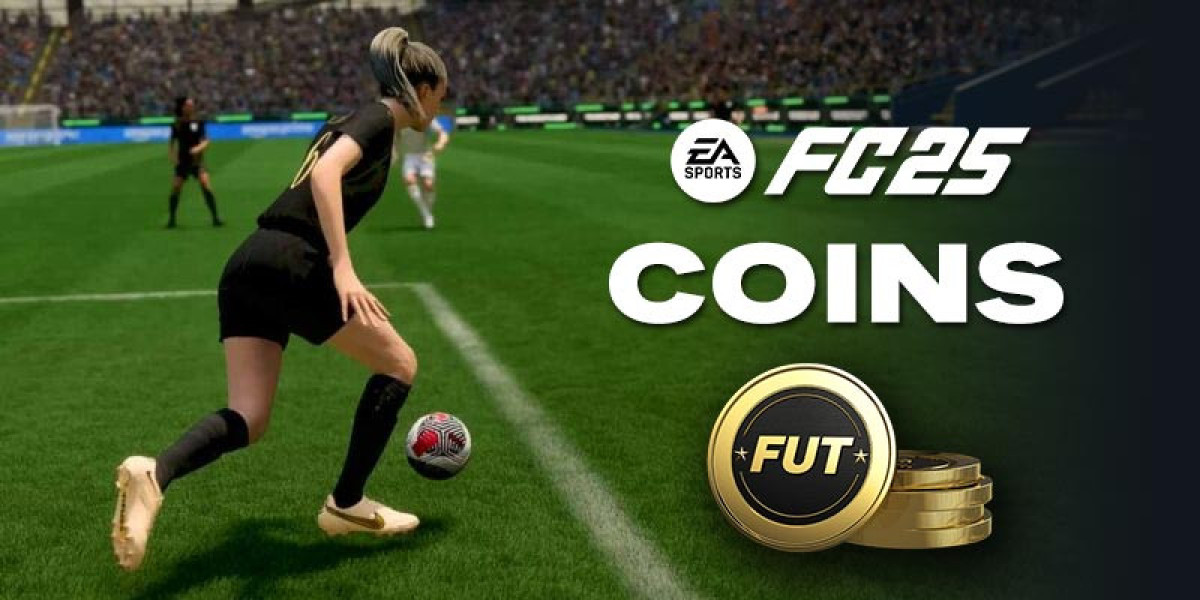5 Best Anabolic Stacks And Steroids For Beginners
**Summary of the History, Use, and Impact of Anabolic Steroids**
| Theme | Key Points |
|-------|------------|
| **Origins & Development** | • 1935: First synthetic testosterone (synthetin) created by Adolf Butenandt.
• Mid‑20th century: Mass production of various anabolic agents—stanozolol, nandrolone, methandrostenolone, oxymetholone, and others. |
| **Medical Applications** | • Initially used to treat hormone deficiencies (e.g., hypogonadism).
• Expanded to address muscle wasting from chronic illness, cachexia, and certain cancers.
• Side‑effect profile (estrogenic effects, liver toxicity) limited long‑term use. |
| **Athletic Use & Doping** | • Became prevalent in sports where increased strength or rapid weight gain is advantageous: bodybuilding, track & field, football, wrestling.
• Regulatory bodies banned them; athletes risk disqualification and suspensions. |
| **Commonly Misused Compounds (Examples)** | 1. **Anabolic Steroids** – e.g., testosterone enanthate, nandrolone decanoate.
2. **Selective Estrogen Receptor Modulators (SERMs)** – e.g., tamoxifen for estrogen suppression.
3. **Growth Hormones & Peptides** – e.g., somatotropin, IGF‑1. |
| 4. **Steroid Precursors** – e.g., dehydroepiandrosterone (DHEA).
5. **Natural "Anabolic" Supplements** – e.g., creatine monohydrate, whey protein. |
---
## How to Identify the Correct Ingredient
1. **Check the Active Substance in the Label**
- The label must list the *chemical name* or *generic name* (e.g., "methyltestosterone").
- It may also give an International Nonproprietary Name (INN) or a CAS number.
2. **Cross‑Reference with Authoritative Databases**
| Resource | What it Provides | How to Use |
|----------|-----------------|------------|
| **PubChem** | Chemical structure, properties, synonyms, identifiers (CID, IUPAC, CAS). | Search by name/CID; check "Synonyms" for alternate names. |
| **DrugBank** | Detailed drug info, mechanism of action, pharmacology. | Use the drug’s name or DrugBank ID to verify it is a steroid hormone. |
| **ChemSpider** | Structure and chemical data, cross‑references to other databases (e.g., PubChem). | Search by name; view "Links" section for cross‑IDs. |
| **KEGG** | Metabolic pathways; includes steroid biosynthesis. | Use the KEGG ID to confirm it participates in steroid metabolism. |
| **ChEBI** | Chemical entities of biological interest, including steroids. | Verify that the entity is classified as a steroid. |
---
## 4. Verification Process
Below is an example workflow for verifying whether **Cortisol** (a commonly used hormone) belongs to the class of steroid hormones.
| Step | Action | Outcome |
|------|--------|---------|
| 1 | Search "cortisol" on PubChem, ChemSpider, and ChEBI. | Retrieve chemical identifiers: CID (= C = 1 , SMILES, https://hesselberg-vega-3.technetbloggers.de/the-core-of-the-web InChI). |
| 2 | Inspect the molecular structure for four fused rings (A‑B‑C‑D). | Confirm presence of steroid skeleton. |
| 3 | Note functional groups: hydroxyls at C‑11, C‑17; ketone at C‑3; etc. | Recognize typical hormone functionalities. |
| 4 | Verify classification as a "steroid" in databases (e.g., PubChem Classifier). | Ensure inclusion in steroid subcategory. |
| 5 | Cross‑check with literature: confirm cortisol’s role as glucocorticoid hormone. | Validate physiological relevance. |
Thus, by systematically applying these criteria—molecular skeleton, functional groups, database classification, and biological function—you can reliably determine whether a compound is indeed a steroid.
---
### 4. Common Misconceptions
| **Misconception** | **Reality** |
|-------------------|-------------|
| *All steroids are hormones.* | Steroids include non‑hormonal molecules (e.g., cholesterol, bile acids). |
| *Steroids are always derived from cholesterol.* | While many biosynthetic pathways start from cholesterol, some synthetic or isolated steroids may have different origins. |
| *The presence of a 4–5 double bond alone defines a steroid.* | The full four‑ring skeleton is required; the double bond is just one feature. |
---
### 5. Quick Reference Checklist
- **Four fused rings**: A/B (cyclohexane), B/C (cyclohexane), C/D (cyclopentane) → "steroid nucleus".
- **Single or multiple substituents** (hydroxyl, alkyl, halogen) may be present but are not essential.
- **Common functional groups**: ketone at C3, hydroxyl at C17; variations produce estrogens, androgens, progestogens, etc.
---
## Bottom Line
A *steroid* is a lipophilic organic compound that contains the classic four-ring "steroid nucleus" (three cyclohexane rings fused with one cyclopentane ring). This structural motif defines steroids; all other features—substituents, functional groups, or specific biological roles—are secondary. The presence of this core structure alone is sufficient to classify a molecule as a steroid.








